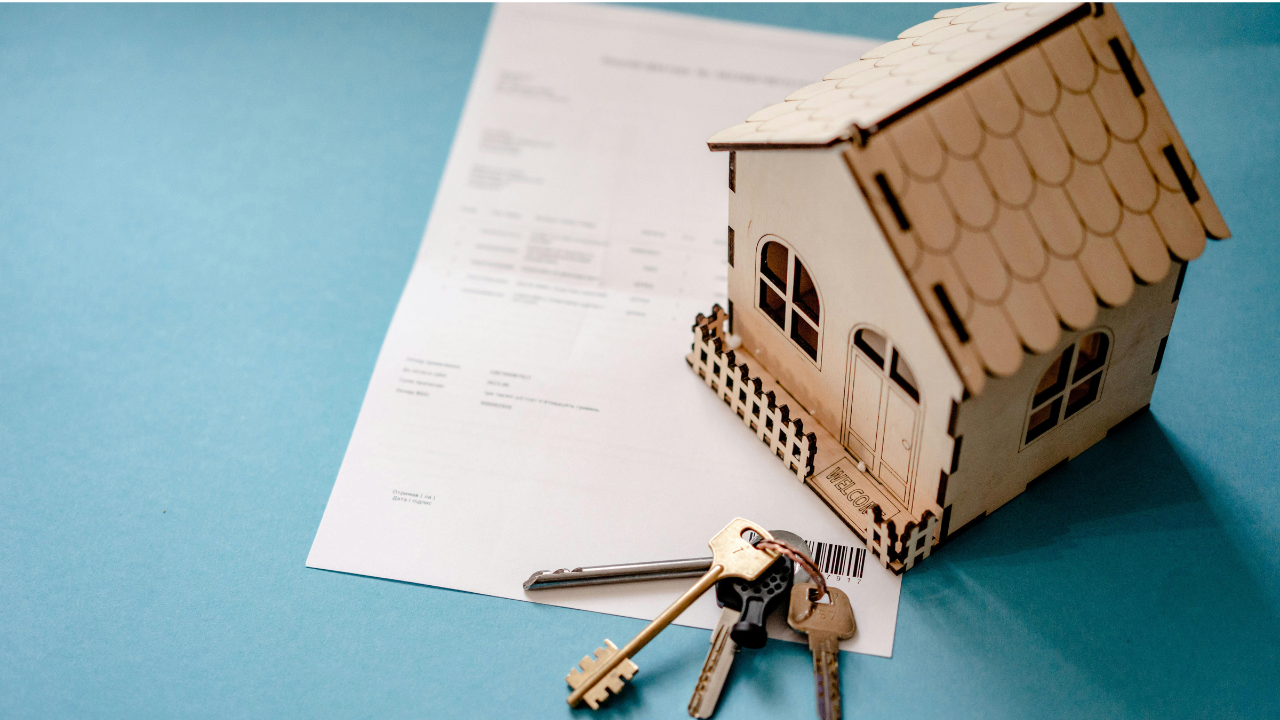If you’ve been sitting on the sidelines waiting for the housing market to feel a little less intimidating, this fall might finally bring some good news. After a couple of years of sky-high prices, climbing mortgage rates, and budget-busting inflation, affordability is starting to look better. It’s not a magic fix, but it’s enough to give buyers and homeowners alike a reason to feel hopeful again. Let’s break down what’s changing and why it matters.
Why Affordability Has Been a Struggle Recently

Before we celebrate the improvements, it’s worth remembering what made housing affordability such a headache in the first place.
Rising Home Prices
For years, home values have been climbing faster than most people’s paychecks. Low inventory mixed with high demand created bidding wars, leaving buyers frustrated and often priced out.
Higher Mortgage Rates
When mortgage rates spiked from historic lows to levels not seen in over a decade, monthly payments ballooned. Even modest homes felt out of reach.
Inflation Pressures
On top of it all, inflation drove up everyday expenses—groceries, gas, utilities—leaving less room in household budgets for mortgage payments.
Reason 1: Mortgage Rates Are Stabilizing

The Impact of Rate Stability
While rates remain higher than buyers might like, they’ve started to stabilize instead of swinging wildly. This steadiness helps buyers plan with more certainty. After all, it’s easier to make a decision when you’re not worried tomorrow’s rate will suddenly add hundreds to your payment.
How Rate Stability Builds Buyer Confidence
When buyers see consistency, they gain confidence to re-enter the market. Confidence leads to more activity, and more activity encourages a healthier, more balanced housing environment.
Reason 2: Slower Home Price Growth

Cooling Real Estate Markets
Across many areas, the runaway pace of price growth has finally tapped the brakes. Homes aren’t depreciating in most markets, but they’re not skyrocketing anymore either—and that’s a win for affordability.
Regional Variations in Price Trends
Not every city is the same. Some markets are still competitive, but others are seeing homes sit a little longer and prices adjust. Buyers who are flexible about location may find opportunities in these cooler regions.
Buyer Opportunities in the Fall Season
Fall often means fewer buyers are shopping compared to the busy spring and summer months. That seasonal dip in demand can translate into better deals for those still searching.
Reason 3: Inflation Is Easing

Why Lower Inflation Matters
As inflation cools, households are catching a bit of a break. Lower inflation means slower growth in the cost of living, freeing up more room in monthly budgets for housing costs.
The Ripple Effect on Household Budgets
Even a small reduction in inflation can make a big difference. When gas, food, and utility bills stop climbing so quickly, people feel less squeezed and more open to taking on a mortgage payment.
Seasonal Advantages for Buyers

Less Competition in Fall
With many families focused on the school year and the holidays approaching, fewer people are house hunting in the fall. Less competition can make it easier to snag a home without a bidding war.
Motivated Sellers and Price Flexibility
Sellers listing in the fall often have strong reasons for moving—job relocations, personal deadlines, or a desire to close before the year ends. That motivation can mean more willingness to negotiate.
What This Means for First-Time Buyers

Opportunity to Enter the Market
First-time buyers who have been priced out may finally find a window of opportunity. Slower price growth plus stabilized rates equals a more approachable entry point.
More Negotiation Power
In today’s environment, first-timers may have more say in negotiations—whether that’s asking for closing cost help, repairs, or a price adjustment.
What This Means for Homeowners Looking to Upgrade

Timing a Move-Up Purchase
Current homeowners thinking about upgrading have a unique chance. If they can sell at a still-strong price and buy with slightly improved affordability, the math may finally make sense.
Balancing Selling and Buying in the Same Market
Of course, selling and buying simultaneously can feel like juggling fire. But with a calmer pace this fall, it’s easier to coordinate both sides of the transaction without the chaos of peak market seasons.
Expert Insights and Market Outlook
Predictions for the End of the Year
Most experts expect affordability to continue inching in the right direction if rates remain steady and inflation keeps easing. That means the rest of the year could bring more balance between buyers and sellers.
Long-Term Trends to Watch
Long-term, affordability will still depend on how inventory levels shift. If more homes hit the market, buyers will have more options, keeping prices in check.
Tips to Take Advantage of Improved Affordability
Get Pre-Approved Early
If you’re serious about buying, getting pre-approved shows sellers you’re ready to go. It also helps you know exactly what you can afford before you shop.
Explore Assistance Programs
Don’t overlook first-time buyer programs, grants, or down payment assistance options. They can make a big difference in stretching your budget.
Work with a Local Real Estate Expert
Markets vary widely. A local pro can help you understand what’s happening in your specific area and guide you toward the best opportunities.
Conclusion
This fall may not completely erase the affordability struggles of the past few years, but it's a step in the right direction. Stabilizing mortgage rates, slower home price growth, and easing inflation are giving buyers a chance to breathe. If you've been waiting for the right moment to jump in, this season might be your chance to make a move with more confidence and less stress.
FAQs
Q1: Are home prices expected to drop significantly this fall?
Not likely. Prices are slowing in growth, not collapsing. Think of it as a cooldown rather than a crash.
Q2: Is fall really a good time to buy compared to spring?
Yes! Fall often has less competition and more motivated sellers, making it easier to negotiate.
Q3: How does inflation affect mortgage affordability?
When inflation is high, everyday expenses rise, leaving less room in budgets. Lower inflation frees up money that can go toward housing.
Q4: Should first-time buyers wait for rates to drop more?
Waiting could backfire if prices rise again. Locking in a stable rate now might be smarter than gambling on the unknown.
Q5: What’s the best way to prepare for buying a home this fall?
Get pre-approved, research your market, and work with a trusted local agent who understands current trends.

.png)
